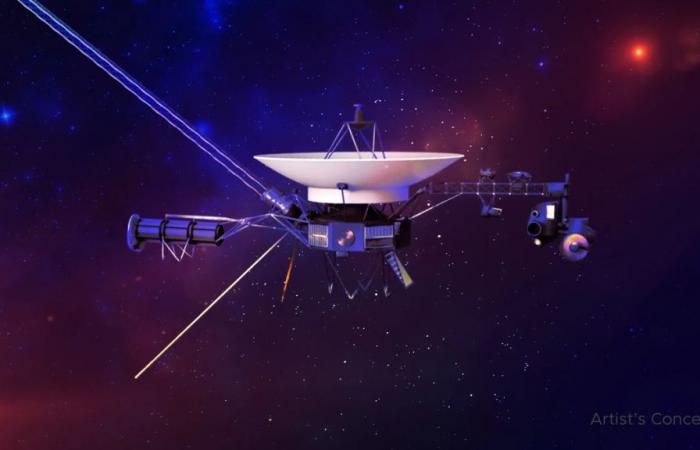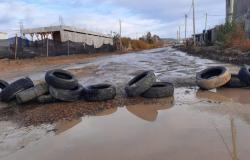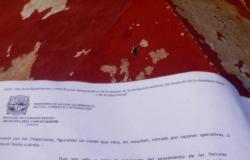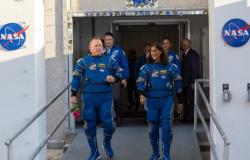Voyager fans, rejoice! The 46-year-old spacecraft is once again exploring interstellar space in search of cosmic wonders after a seven-month hiatus.
Largest Camera In The World
POT Announced that its iconic mission has returned to normal operations, with its four instruments returning scientific data for the first time after technical problem that started in November 2023.
Voyager 1 was launched in 1977, so it operates on old technology. The historic spacecraft is exploring the outermost edge of the Sun’s domain, combining its observations with data from more recent missions to better understand how the heliosphere interacts with interstellar space. For decades, the spacecraft has been a reliable source of data about the universe, discovering new moons, active volcanoes and planetary rings.
However, at the end of last year the spacecraft began responding to Earth in unusable gibberish. In March, the team behind the mission identified the cause behind Voyager 1’s meaningless data– A single chip responsible for storing part of the affected portion of the spacecraft’s flight data system (FDS) memory.
FDS collects data from Voyager’s scientific instruments, as well as engineering data on the spacecraft’s health, and combines them into a single package that is transmitted to Earth in binary code. However, when it began to fail, the mission began sending data in a repeating pattern of ones and zeros.
To help solve the problem, engineers at NASA’s Jet Propulsion Laboratory placed the affected code elsewhere in FDS memory instead of repairing the damaged chip by itself.
On May 19, the mission team carried out the second part of Voyager’s rescue mission by transmitting an order to the spacecraft. Two of the four scientific instruments aboard Voyager 1 returned to their normal operating modes immediately, while two other instruments required some additional work, according to NASA. Now, the space agency happily revealed that all four instruments are returning usable scientific data.
Voyager 1 launched less than a month after its sister probe, Voyager 2, began its own journey into space. On August 25, 2012, Voyager 1 became the first man-made object to reach interstellar space and travel beyond the Sun’s realm of influence. The spacecraft is currently 15.14 billion miles away , making your repair operations much more impressive.
For more space flights in your life, follow us on x and mark the dedicated ones from Gizmodo space flight page.
This content has been automatically translated from the original material. Due to the nuances of machine translation, there may be slight differences. For the original version, click here.






